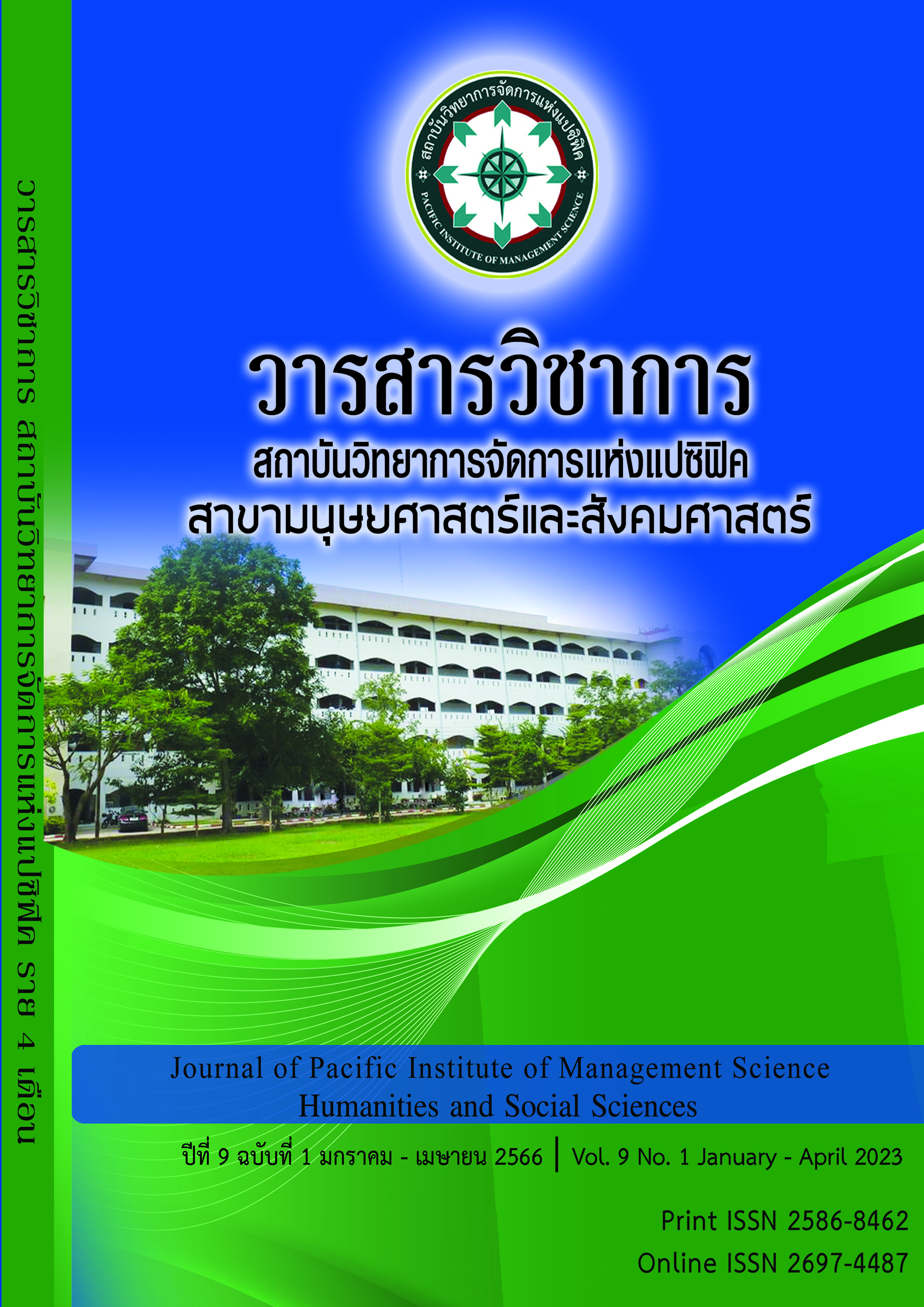Customer Adoption of E-Banking Service: A Study in Pokhara City, Nepal
Keywords:
Customer adoption, E-banking, Pokhara city, NepalAbstract
In today’s growing worldwide economy and competitive environment, e-banking is crucial for banks strategy because of its benefit for each bank and customers. The purpose of this research paper was to investigate the customer adoption towards e-banking services in Pokhara city, Nepal. Among numerous e-banking services ATM, Mobile banking and internet banking services were taken into consideration for this study. A conceptual framework was developed based on Unified Theory of Acceptance and Use of Technology (UTAUT) and examines relationship between the independent variables such as Performance Expectancy (PE), Effort Expectancy (EE), Social influence (SI) and Facilitating Condition (FC) upon dependent variable Behavioral Intention to use (BI) and also relationship between behavioral intention to use upon Actual Use (AU). Quantitative research design was used where target population was the customers of banks having residence at Pokhara city, Nepal. Survey questionnaire was prepared using Google form and sent to the customers of banks using convenience sampling method. Out of all of the surveys collected, 208 have been usable and compiled with SPSS 26. By using descriptive statistics, t-test and correlation the study discovered that Performance Expectancy, Effort Expectancy and Facilitating Condition have higher effect than Social Influence on behavioral intention to use. The results determine that demographic factors also impact significantly on adoption of e-banking. The findings of the study might assist banking industry to recognize e-banking marketplace and additionally locate customer’s conduct and belief concerning the usage of e-banking services which is fruitful to banks for formulating techniques to expand new structures of banking in the present competitive market.
References
Banstola, A. (2007). Prospects and Challenges of E-banking in Nepal. Journal of Nepalese Business Studies, 4, 96-104.
Daka, C., & Phiri, J. (2019). Factors Driving the Adoption of E-Banking Services Based on the UTAUT Model. International Journal of Business and Management, 14, 43-52. doi:10.5539/ijbm.v14n6p43
Daniel, E. (1999). Provision of electronic banking in the UK and the Republic of Ireland. International Journal of bank marketing.
Foon, Y. S., & Fah, B. C. (2011). Internet banking adoption in Kuala Lumpur: an application of UTAUT model. International Journal of Business and Management, 6, 161. doi:10.5539/ijbm.v6n4p16
Green, S. B., Lissitz, R. W., & Mulaik, S. A. (1997). Limitations of coefficient alpha as an index of test unidimensionality. Educational and Psychological Measurement, 37, 827-838.
Kannabiran, G., & Narayan, P. (2005). Deploying Internet Banking and e-Commerce—case study of a private-sector bank in India. Information Technology for Development, 11, 363-379.
Leow, H. B. (1999). New distribution channels in banking services. Banker’s Journal Malaysia, 110, 48-56.
Lusaya, S., & Kalumba, B. (2018). The Challenges of Adopting the Use of E-Banking to the Customers: The Case of Kasama District Banking Customers. Scholar Journal of Applied Sciences and Research, 1, 26-31.
Mbrokoh, A. S. (1970). Exploring the factors that influence the adoption of internet banking in Ghana. The Journal of Internet Banking and Commerce, 21.
Md Nor, K., Pearson, J. M., & Ahmad, A. (2010). Adoption of internet banking theory of the diffusion of innovation. International Journal of Management Studies (IJMS), 17, 69-85.
Mobarek, A. (2007). E-banking practices and customer satisfaction-a case study in botswana.
Omotayo, F., & Adebayo, A. (2015). Factors influencing intention to adopt internet banking by postgraduate students of the University of Ibadan, Nigeria. The Journal of Internet Banking and Commerce, 20.
Robinson, T. (2000). Internet banking: Still not a perfect marriage. Informationweek, 104-105.
SARFARAZ, J. (2017). Unified theory of acceptance and use of technology (Utaut) model-mobile banking. Journal of Internet Banking and Commerce, 22, 1-20. Retrieved from http://www.icommercecentral.com
Sathye, M. (1999). Adoption of Internet banking by Australian consumers: an empirical investigation. International Journal of bank marketing.
Venkatesh, V., Morris, M. G., Davis, G. B., & Davis, F. D. (2003). User acceptance of information technology: Toward a unified view. MIS quarterly, 425-478. Retrieved from sciencewatch.com/dr/tt/2009/09-augtt-ECO/
Yaseen, S. G., & El Qirem, I. A. (2018). Intention to use e-banking services in the Jordanian commercial banks. International Journal of Bank Marketing. doi:10.1108/IJBM-05-2017-0082
Downloads
Published
Issue
Section
License
Copyright (c) 2023 Pacific Institute of Management Science

This work is licensed under a Creative Commons Attribution-NonCommercial-NoDerivatives 4.0 International License.
บทความที่ได้รับการตีพิมพ์เป็นลิขสิทธิ์ของ สถาบันวิทยาการจัดการแห่งแปซิฟิค
ข้อความที่ปรากฏในบทความแต่ละเรื่องในวารสารวิชาการเล่มนี้เป็นความคิดเห็นส่วนตัวของผู้เขียนแต่ละท่านไม่เกี่ยวข้องกับสถาบันวิทยาการจัดการแห่งแปซิฟิค และคณาจารย์ท่านอื่นๆในสถาบันฯ แต่อย่างใด ความรับผิดชอบองค์ประกอบทั้งหมดของบทความแต่ละเรื่องเป็นของผู้เขียนแต่ละท่าน หากมีความผิดพลาดใดๆ ผู้เขียนแต่ละท่านจะรับผิดชอบบทความของตนเองแต่ผู้เดียว







